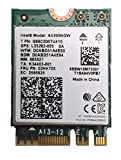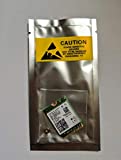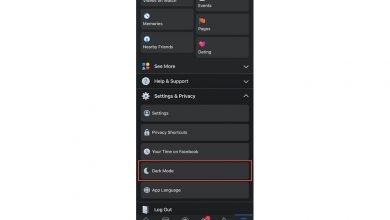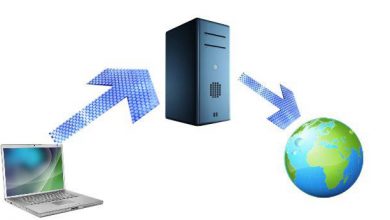So you can know the maximum Wi-Fi speed of your router or access point
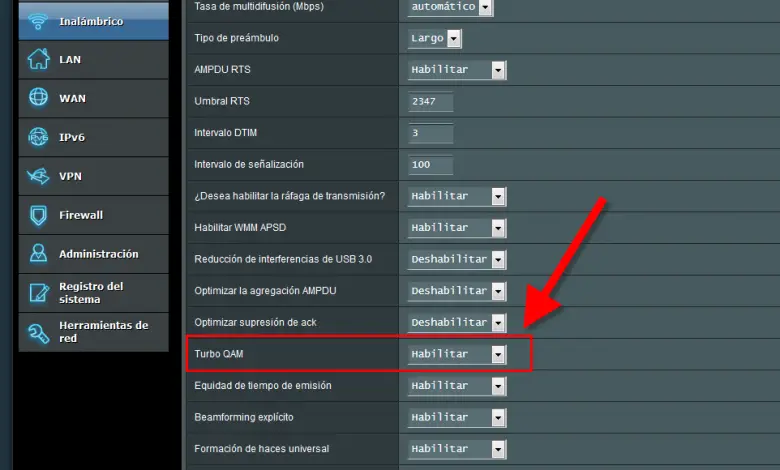
We all have a Wi-Fi router or wireless access point (or more) in our house, in order to connect wirelessly with our smartphones, tablets, laptops and other types of devices. Today in RedesZone we will explain to you what is the theoretical maximum speed that we can reach in a router, and that is that we will depend on several factors which we need to explain in detail. Want to experience the maximum speed you can achieve in your home via Wi-Fi?
To know what is the maximum (theoretical) speed that we can reach with our Wi-Fi router or our wireless access point, we have to take into account several factors that affect the maximum speed that we will reach.
1. Modulation
Modulation is the way in which wireless networks transmit data through the medium (air), with the aim of reaching its destination to receive said information. In Wi-Fi wireless networks we have different types of modulation depending on the distance with the wireless clients, in particular we can have BPSK, QPSK and QAM with different configurations (16QAM, 64QAM, 256QAM and 1024QAM). Routers and access points use one modulation or another dynamically, depending on the signal received by the wireless client, i.e. if the wireless client is close, it will modulate more aggressively with 1024QAM or 256QAM providing higher wireless bandwidth, however, if the wireless client is far away, it will modulate with BPSK providing lower wireless bandwidth.
Why can't they always modulate as much as possible regardless of the distance / signal received? Because the data transmission is unreliable, that is, if we are close, we can receive information very quickly, however, if we are far away, we need to make sure that the information has arrived correctly . If we use a 1024QAM modulation when we are very far away, the result is that it will be much less efficient than a BPSK modulation.
Within a single modulation there can be different encodings, the most common being the 5/6 encoding, but you can also use more conservative encodings with the previous objective: ensure the reliability of the wireless connection . Depending on the wireless standard used, we will have one maximum modulation or another, below you can see the maximum modulation of the different standards.
- En Wi-Fi 4, we have a maximum modulation of 64QAM. This modulation is used in both the 2,4 GHz and 5 GHz bands. However, over time, manufacturers such as Broadcom have released equipment that supports higher QAM, especially 256-QAM (referred to as TurboQAM by Broadcom), as well as 1024 -QAM (referred to as Nitro -QAM by Broadcom). These higher modulations allow us to achieve a higher speed with the same number of antennas, the negative point is that Wi-Fi clients must also support this modulation, which in many cases was not supported. charged.
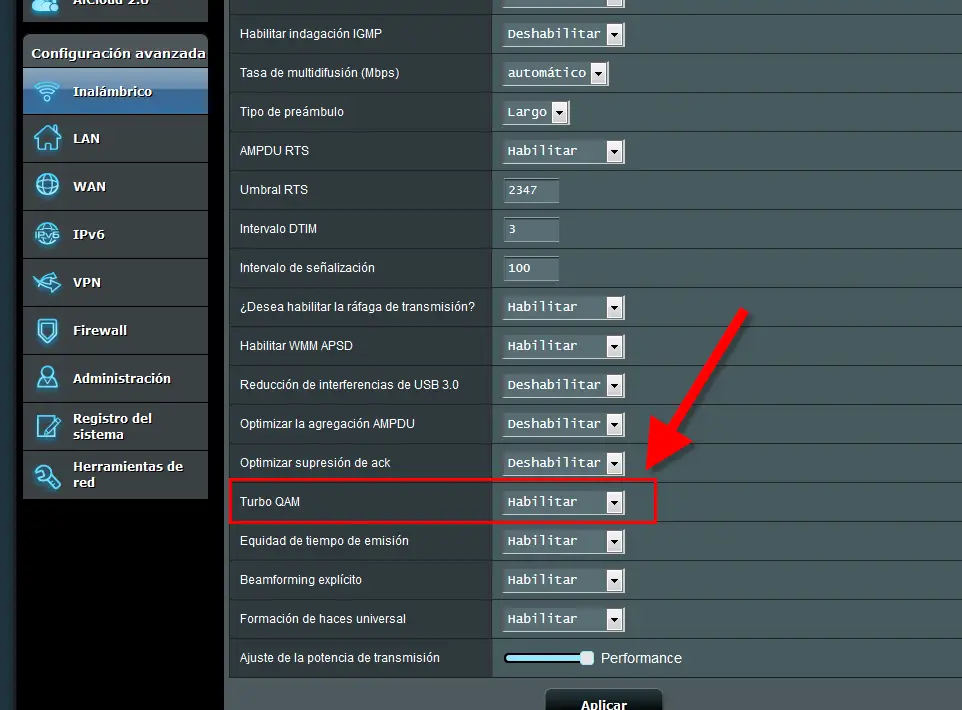
- En Wi-Fi 5, we have a maximum modulation of 256QAM. This modulation is used in 5GHz (because this standard is only in this frequency band). However, over time, manufacturers such as Broadcom have released equipment that supports higher QAM, especially 1024-QAM. This higher modulation allows us to achieve a higher speed with the same number of antennas, the negative point is that Wi-Fi clients must also support this modulation, which in many cases was not supported. charged.
- En Wi-Fi 6, we have a maximum modulation of 1024QAM. This modulation is used in both the 2,4 GHz and 5 GHz bands, since this new standard is present in both frequency bands. All devices compatible with the Wi-Fi 6 standard support this type of modulation.
2. Guard interval
THE guard interval is the time that the router or access point waits to ensure that different transmissions do not interfere. We must remember that the Wi-Fi standard uses OFDM (except Wi-Fi 6 which already integrates OFDMA), and that of the guard interval is done to avoid possible collisions of the frames in the air, because it can there may be several paths and interferences by the multi-path effect.
In Wi-Fi, a guard interval of 800 ns has always been used, but to increase the theoretical maximum speed, in the Wi-Fi 4 standard, the “Short Guard” which uses 400 ns has been introduced. Normally, routers are configured by default with a "Short Guard", so we will have the maximum possible speed.
3. Wireless channel width
In Wi-Fi, we must take into account the width of the channel that we have configured in our routers and Wi-Fi access points. Depending on the wireless standard used, we will have a default channel width, the larger the channel width, the higher the theoretical speed we can achieve.
- In the Wi-Fi 4, we usually have 20 MHz and 40 MHz channel widths , in fact, we have the 20/40 coexistence technology, to avoid interfering with the Wi-Fi networks of our neighbors, so that if the router or access point detects that other equipment around it will automatically use 20 MHz of channel width. If we want to achieve the maximum speed possible, we have to use 40 MHz of channel width, but if you are in an environment with a lot of Wi-Fi and interference, it will work better to use 20 MHz even if you sacrifice maximum speed.

- In the Wi-Fi 5, we have channel widths up to 80 MHz , in this case we do not have a 20/40 coexistence, but this standard incorporates the possibility of using 20 MHz and 40 MHz, in order to allow old devices to connect.
- In the Wi-Fi 6, we have contiguous channel widths up to 160MHz , in this case we do not have a 20/40 coexistence, but this standard includes the possibility of using 20MHz, 40MHz and 80MHz, in order to allow old devices to connect. In fact, there are devices with the Wi-Fi 6 standard that only use 80 MHz of channel width. If you are planning to buy a router or access point, you should make sure that they support 160 MHz contiguous channel width, with the aim of achieving double the speed than if we were using 80 MHz .
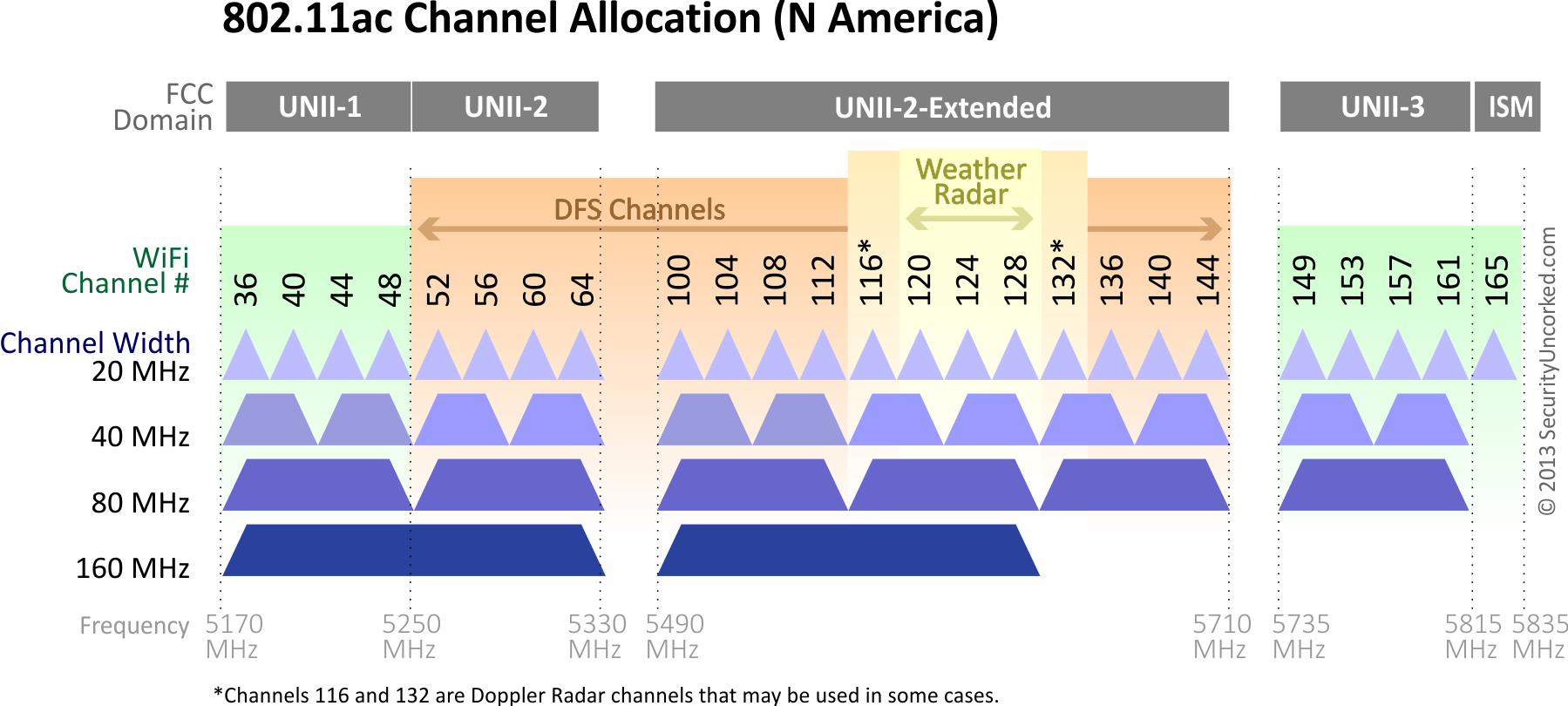
3. Number of MIMO antennas
MIMO technology also appeared with the Wi-Fi 4 standard, it allows routers and clients to receive and transmit simultaneously through multiple antennas. As a result, the more antennas we have, the higher the maximum speed we can achieve.. A very important detail is that, if our router has 4 antennas, and our smartphone only has 2 antennas, the maximum speed that we will reach corresponds to the maximum speed of 2 antennas. However, that our router have more antennas is highly recommended, as teams with more antennas will be able to use the maximum speed of the router, but it is especially interesting when we have dozens of wireless clients connected at the same time, Thanks to MU-MIMO we can send data simultaneously to multiple devices, the more antennas a router has, the faster it will perform this task and more WiFi clients can receive data simultaneously (maximum 4 WiFi clients at the same time).

When purchasing a router or an AP, it will indicate the number of antennas we have available for the 2,4 GHz and 5 GHz band. We have to pay attention to this parameter, and it is that the more antennas we have in our equipment, the higher the speed that we will achieve will be when a client with the same number of antennas connects. It affects if we connect one WiFi client, or if we connect more than one as we also have MU-MIMO technology which allows us to send data simultaneously to multiple wireless clients at the same time.
4. Standard used (Wi-Fi 4, Wi-Fi 5 or Wi-Fi 6)
In addition to all of the above, we also depend on the wireless standard of our router, access point and wireless clients , because according to the standard, it will support larger channel width, larger modulation, etc. We have to keep in mind that if we buy a router with Wi-Fi 5, in the 2,4 GHz band, it will use the popular Wi-Fi 4. However, when buying a router with Wi- Fi 6, we have this standard. in both frequency bands.

However, manufacturers like ASUS are launching hybrid equipment, where we have Wi-Fi 6 in one frequency band, and we have Wi-Fi 4/5 in the rest of the frequency bands, so we have to take that into account.
5. Other factors to consider
The other factors that affect top speed, aside from all the ones we have mentioned, are as follows:
- Interference with neighboring networks and other devices around us: this is crucial, in fact, in the latest WiFi 6 standard, BSS Coloring technology has been incorporated which allows routers to easily differentiate between neighboring WiFi networks, in the goal that this interference with neighboring networks does not affect the wireless network too much.
- Position of the router or AP: the router should be placed in medium places, not near the floor or on the ceiling if you have several plants.
- Obstacles: This is also critical, obstacles such as mirrors, concrete walls and other materials greatly affect WiFi networks, always avoid as best as possible.
- Number of Wi-Fi devices connected to the router or access point at the same time: if we have a router or access point with WiFi 5 or earlier, the more WiFi clients we have connected, the better the network wireless will go wrong in the world. If we have WiFi 6, we will notice it less having OFDMA and MU-MIMO, so we will have four times the capacity and it will work quite well.
- Current data traffic from other Wi-Fi devices: When we have dozens of Wi-Fi clients transferring data, it is normal for the global traffic to perform very poorly, as there are continuous frame collisions in the network. 'air, the only thing we can do is put more access points with simultaneous dual band and distribute the connected clients between them.
- The Wi-Fi is half-duplex, that is, there is no separate download and upload spectrum, but the channel is the same. This is where CSMA / CA comes in, perfectly explained in this video:
So what's the maximum (theoretical) speed I'll get over Wi-Fi?
Wi-Fi 4
If we have a router or an AP with Wi-Fi 4 standard, assuming we are using 64QAM modulation and 5/6 encoding (the maximum possible according to the standard), with 40MHz channel width and Guard Interval of 400ns, the speeds that we will reach for each data stream (MIMO antennas), are 150 Mbps. If we change these assumptions, the speed will still be lower, because this 150 Mbps case is the best we can get for each antenna in the equipment.
- If we have 20MHz of channel width, the speed per antenna is 75Mbps.
- If we have lower modulation, the maximum speed will also be lower.
- If we have 800 ns of guard interval, we will get a maximum of 135 Mbps of speed.
If we use modulation higher than 64QAM, as Broadcom introduced in its chipsets, we can achieve a little more maximum speed. If we use 256QAM and 5/6 encoding, we can achieve 200 Mbps per antenna. If we use 1024QAM, we can get 250Mbps per antenna.
Example: a router with 4 Wi-Fi antennas, 1024QAM, a channel width of 40 MHz and a guard interval of 400 ns, the maximum speed we will reach is 1000 Mbps.
Wi-Fi 5 (only on the 5GHz band)
If we have a router or an AP with Wi-Fi 5 standard, assuming we are using 256QAM modulation and 5/6 encoding (the maximum possible according to the standard), with a channel width of 80MHz (the maximum possible ) and a 400 ns guard interval, the speeds we will achieve for each data stream (MIMO antennas), is 433,3 Mbps. If we change these assumptions, the speed will still be lower, because this 433,3 Mbps case is the best we can get for each antenna in the equipment.
If we use modulation higher than 1024QAM, as Broadcom introduced in its chipsets, we can achieve a little more maximum speed. If we use 1024QAM, we can get 541,75Mbps per antenna.
Example: a router with 4 Wi-Fi antennas, 1024QAM, a channel width of 80MHz and a guard interval of 400ns, the maximum speed we will reach is 2167Mbps.
Wi-Fi 6 (at 2,4 GHz and 5 GHz)
If we have a router or an AP with Wi-Fi 6 standard, assuming we use a modulation of 1024QAM (the maximum possible according to the standard), a guard interval of 400ns, and the maximum possible channel width (40MHz in 2,4GHz and 160Mhz in 5GHz), the speeds would be:
- At 2,4 GHz, we will get 287 Mbps per antenna.
- In 5 GHz, we will get 1 Mbps per antenna.
Example: a router with 4 Wi-Fi antennas, 1024QAM, maximum channel width and guard interval of 400 ns, the maximum speed we will reach is 1148 Mbps in the 2,4 GHz band and 4804 Mbps in the 5 GHz band.
As you can see, the theoretical wireless speed that we will achieve depends on many factors, including the distance and the number of clients connected to the same router or access point. It is essential to know what type of wireless client we have and which router or access point is ideal for us. In real life we will reach around 50% theoretical speed, in some cases we will reach more, and in most cases we will reach less than that speed.
In our actual testing with Wi-Fi 6 routers that support 160 MHz channel width, such as the ASUS RT-AX86U, the theoretical speed we will achieve is 1 Mbps for each data stream, this router supports 201 × 4 MU-MIMO, so with the Wi-Fi clients that also have four antennas integrated, we will be able to achieve theoretical speeds of around 4 Gbps, however, in real environments we will achieve speeds of around 4,8 Gbps. 'approximately 2,4 Gbps.
In our analysis of the ASUS RT-AX86U, we have already been able to verify the advantages of Wi-Fi, since we have installed a new high-performance Wi-Fi card in our Lenovo X1 Carbon laptop, in particular we have installed the Intel AX200 which is worth around 35 €.
With this Wi-Fi card, we achieved real speed of about 125MB / s or real speed of 1000Mbps, sync speed was 2,4Gbps which is the maximum, but we have already explained to you previously that we will always achieve around 50 -60% actual performance compared to theoretical speed.
As you have seen, with only two Wi-Fi antennas, we have achieved a higher speed than the Gigabit Ethernet interface (due to the headers, the effective speed in this type of connection is around 115MB / s). Therefore, Wi-Fi 6 is here to stay, and if we want to make the most of its potential, we need to use wired equipment with Multigigabit speeds of at least 2,5G.

